In advance of ETHEL Quartet’s Carnegie Hall debut, cellist Dorothy Lawson speaks with US correspondent Thomas May about their collaboration with the programme’s featured guest artist, legendary jazz bassist Ron Carter.
Discover more Featured Stories like this in The Strad Playing Hub
Since its founding in 1998, ETHEL has been redefining what it means to be a modern string quartet. The ensemble’s tireless curiosity motivates both its approach to repertoire – in lieu of the conventional canon, a broad spectrum of music that speaks to contemporary audiences – and the search for artistic alliances that expand the quartet’s expressive range.
On its latest album, for example – Persist – ETHEL invited flutist and composer Allison Loggins-Hull to explore a series of works celebrating ‘the ability of people in times of difficulty to persist through courage, hope and patience’.
Long a fixture of New York’s new music scene, ETHEL at last makes its Carnegie Hall debut on 13 March in a programme centred around its collaboration with jazz legend Ron Carter. The most-recorded jazz bassist in history (more than 2,200 credits!), Carter has long been a virtuoso in combining classical and jazz idioms and improvisation. His early training as a cellist shaped his approach to the bass, and his historic partnerships with such greats as Miles Davis are a testament to his unlimited musical imagination.
Ron Carter & ETHEL: Reflections on Monk & Bach features the concert premiere of Monk Suite, music originally released by Carter and the Kronos Quartet 40 years ago, alongside Carter’s own compositions and arrangements of J.S. Bach and others.
ETHEL cellist and co-founder Dorothy Lawson, who began playing with Carter’s nonet decades ago, spoke with The Strad about the significance of this special collaboration for the ensemble.
How did ETHEL establish a bond with Ron Carter?
Dorothy Lawson: After I graduated from Juilliard, I was committed to living as an artist in New York City, which also meant getting involved playing some jazz. I first met Ron Carter through Kermit Moore, a remarkable cellist, composer and conductor and one of Ron’s best friends and closest collaborators. Around 1996 or ‘97, Kermit invited me to join Ron’s nonet, which had four cellos up front along with the jazz band. Playing in that ensemble was the thrill of a lifetime.
Ron had begun his own musical journey on the cello, and his understanding of the instrument is masterful. He wrote some pieces specifically for the cello quartet on their own. We’re tapping into a couple of those for our show at Carnegie.
Years later, during the pandemic, we invited Ron to join ETHEL’s board, and he immediately accepted. When it came time for our annual benefit concert, we asked if he’d like to perform with us. Not only did he enthusiastically agree to do so, but he suggested reviving Monk Suite, his recording with Kronos made in 1984. It had never been performed live. At 87-going-on-88, Ron Carter is still eager to explore and reinterpret music.
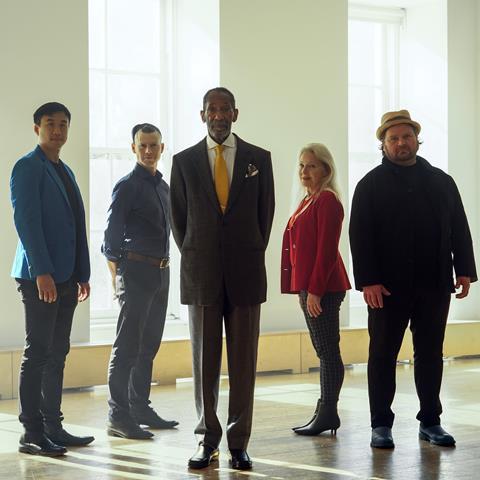
This is ETHEL’s Carnegie Hall debut. Given your longstanding reputation, why has it taken so long?
Dorothy Lawson: It’s part of the way the ecosystem works. We knew from the very beginning that we didn’t represent the classical canon but wanted to use the same equipment, the same training, in the service of composers of our time. Groups like Bang on a Can were among our earliest kindred spirits and supporter at a time when they were still emerging. They had all the classical training, just like us, but their language had become more American and more contemporary. For a while, that was not welcome in the concert hall. It is now that that hurdle has been breached.
The program revisits Monk Suite, originally arranged for Kronos Quartet. What’s significant about this album?
Dorothy Lawson: It was part of a series where Kronos collaborated with jazz greats. These adaptations were based on Thelonious Monk’s live performances and embed actual gestures of the way he would have played. The original project didn’t include much improvisation – Kronos was trying to hold on to the genius of these original artists. We’re using those arrangements while at the same time taking freedoms, and there will be some moments of improvisation.
Did Ron create these arrangements for Kronos?
Dorothy Lawson: No, the arrangements were done by Tom Darter, who is still active. You have to remember that Ron is the most-recorded jazz bassist in history, and he prides himself on arriving at a session, knowing exactly what to do, and executing it.
The Carnegie programme also looks at several other facets of Carter’s artistry, like his arrangement of Bach’s Brandenburg Concerto No. 3, which blends his plucked bass with the bowed string quartet. What did that come about?
Dorothy Lawson: The second half of the concert will be a lovely little assortment, a nosegay with this adaptation of Bach, plus three of Ron Carter’s own jazz compositions and other arrangements, and we’re going to close with a piece from ETHEL’s repertoire with which we hope to send people out into the streets dancing: it’s a piece called ‘Valedictorian’ by the Brooklyn composer Dan Friel.
Ron has always loved Bach. He feels a deep connection to the rhythmic and harmonic structures. In 1995, he recorded an arrangement of the Brandenburg Concerto No. 3. We’re bringing that arrangement to Carnegie, featuring ETHEL’s string quartet sound alongside Ron’s own bass line, which he has adapted specifically for this performance.
How does ETHEL’s approach to arranging Carter’s own compositions work?
Dorothy Lawson: Kip Jones, our violinist, arranged Ron’s piece ‘Tail Feathers’ for ETHEL. We love reaching into repertoire from other cultures, other genres, other instrumentations, and bringing them to the string quartet. We’re also playing ‘Song for a Friend (Dad)’, which Ron originally wrote in memory of his father. It was composed for a four-cello ensemble, but we’ve adapted it for the full quartet. Another highlight is ‘Just a Closer Walk with Thee’, a gospel piece Ron uses to close many of his performances. We’re blending these elements into a tribute that reflects Ron’s various voices and activities as well as the ETHEL traditions.
What’s it like performing with Ron Carter?
Dorothy Lawson: One of the reasons Ron is very fond of us is that we understand the different forms of phrasing and accentuation, rhythmic sensibilities that go into jazz in a way many classically trained people often don’t, because they haven’t had that experience. We have to bring both our cleanest, most elegant classical touch but also the ease of rhythmic delivery and sense of how the various parts fit together, where the hierarchy is, who is leading – all the elements based on understanding the construction of jazz.
We understand the different forms of phrasing and accentuation, rhythmic sensibilities that go into jazz in a way many classically trained people often don’t, because they haven’t had that experience
How does the interplay between Carter and ETHEL work onstage?
Dorothy Lawson: It depends on the piece. In some, the quartet begins straight up with a statement of the theme before Ron comes in. His bass playing immediately brings a feeling of journey, of bubbling energy, and groove. It’s a very effective way of shifting the gear, which Ron does so beautifully. There will also be solo moments that feature Ron.
Bach and many fellow Baroque composers were virtuosos at rearranging music from one context to another. Do you see a connection between Bach’s approach and what you’re doing with Carter?
Dorothy Lawson: Absolutely. We would very comfortably assert that if Bach were alive today, he would love what we’re doing. He’d be in the game. He was a consummate improviser – he could walk into a church service and make it up on the spot.
Do you think ETHEL’s approach has influenced Ron Carter’s playing?
Dorothy Lawson: In fact, Ron never let go of his classical foundation. Classical training is like receiving 500 years of technology in a very concentrated dose – about maybe 10 years – and then you’ve got equipment that people have laboured on for generations. Ron has that equipment. One of the things that sets him apart from most other jazz bass players is his control of the bow. That control is why he commands such respect in the jazz world.
Will this special collaboration lead to an album and future collaborations with Ron Carter?
Dorothy Lawson: We’d love to record it, but Ron’s schedule is packed. He’s still actively touring and is meticulous about managing his time. We’ll keep trying. There’s nothing finite in the rapport and the relationship and the love in the room.
Read: Concert review: Ethel; Allison Loggins-Hull (flute)
Read: Layale Chaker (violin), Ethel: Vigil
Read: Play that funky folk-Baroque: Adventures in Scottish fiddling
Discover more Featured Stories like this in The Strad Playing Hub
The number one source for playing and teaching books, guides, CDs, calendars and back issues of the magazine.
In The Best of Technique you’ll discover the top playing tips of the world’s leading string players and teachers. It’s packed full of exercises for students, plus examples from the standard repertoire to show you how to integrate the technique into your playing.
The Strad’s Masterclass series brings together the finest string players with some of the greatest string works ever written. Always one of our most popular sections, Masterclass has been an invaluable aid to aspiring soloists, chamber musicians and string teachers since the 1990s.
The Canada Council of the Arts’ Musical Instrument Bank is 40 years old in 2025. This year’s calendar celebrates some its treasures, including four instruments by Antonio Stradivari and priceless works by Montagnana, Gagliano, Pressenda and David Tecchler.

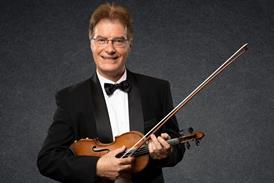
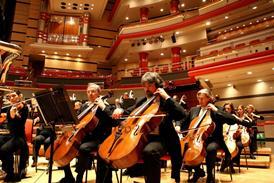
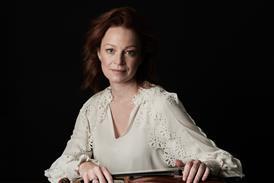
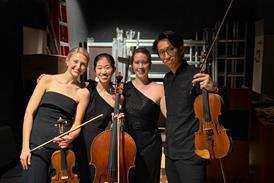
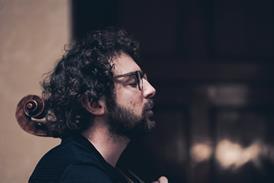
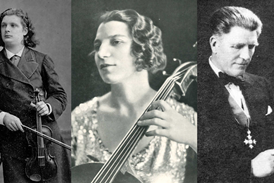


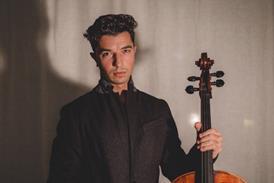
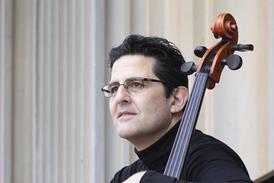
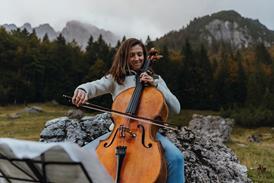

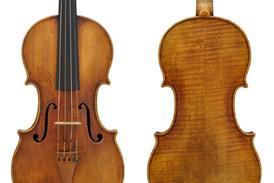
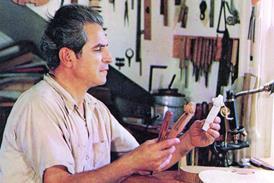
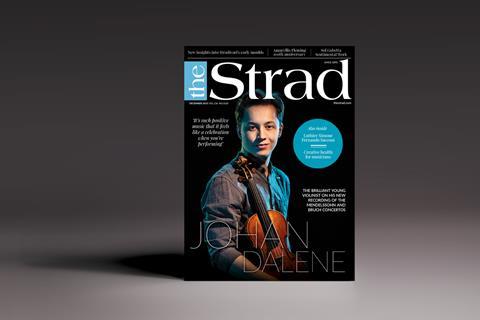
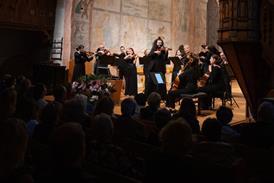

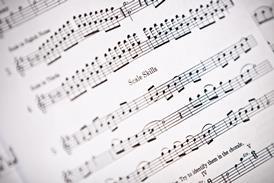
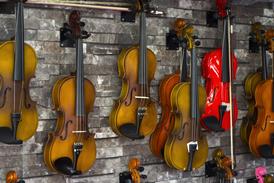

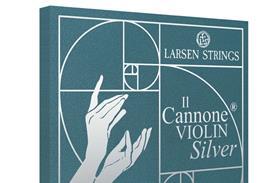
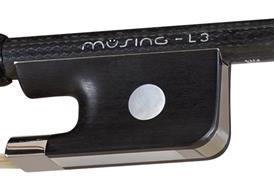
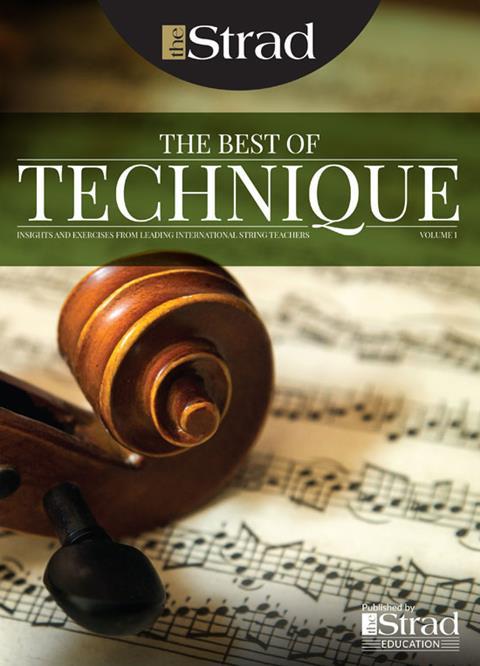
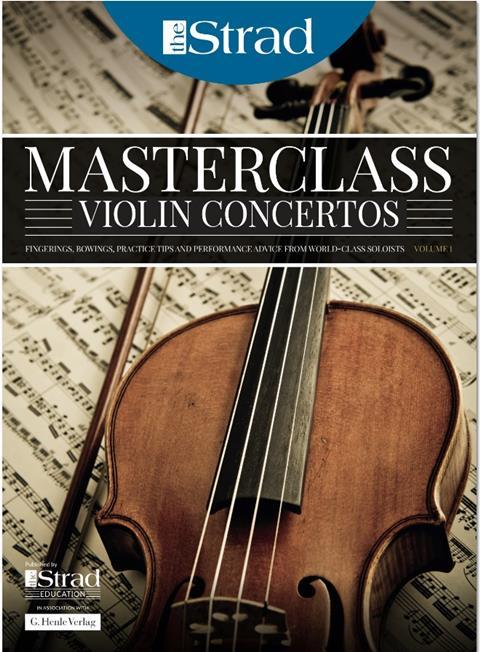
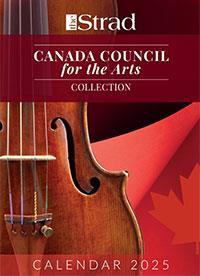
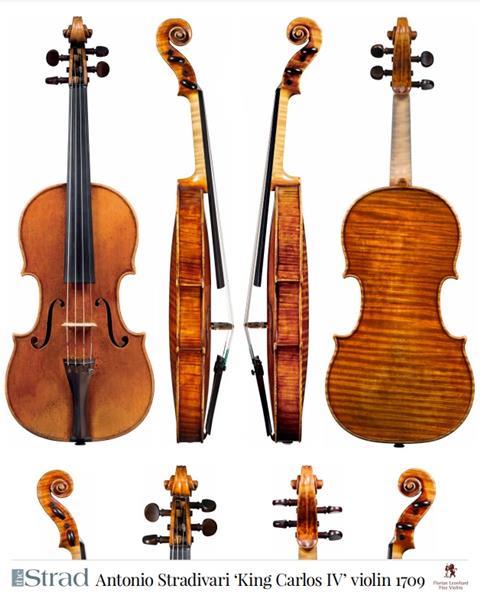
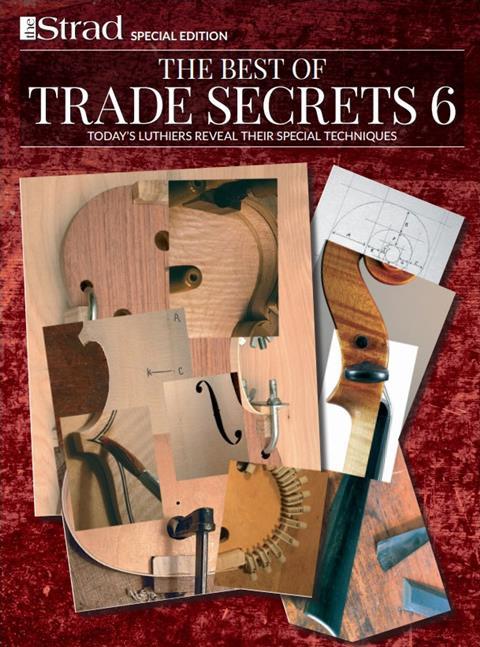
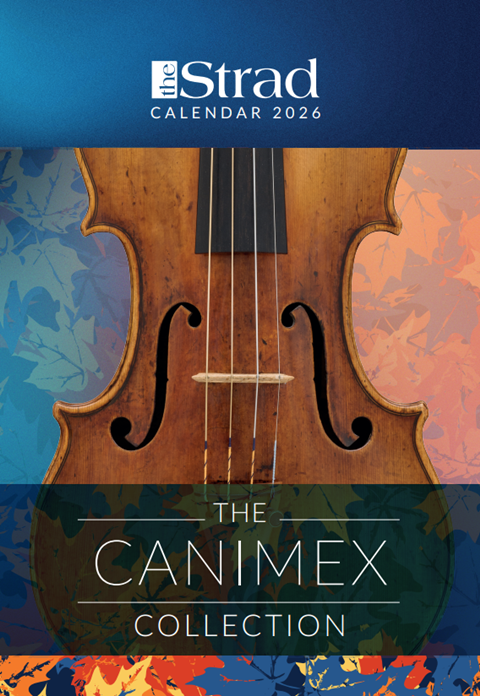
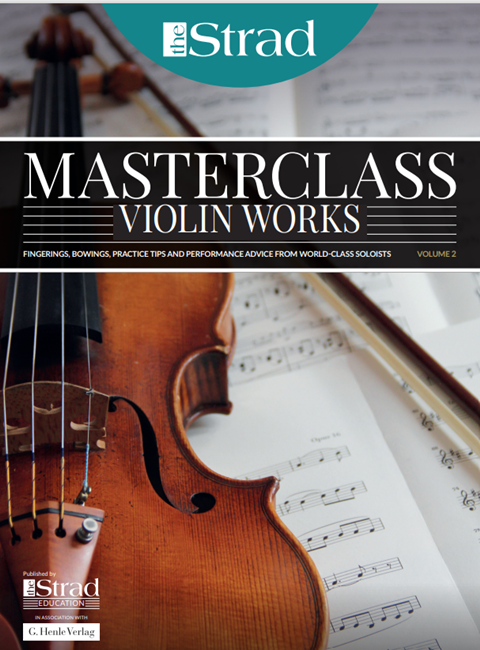
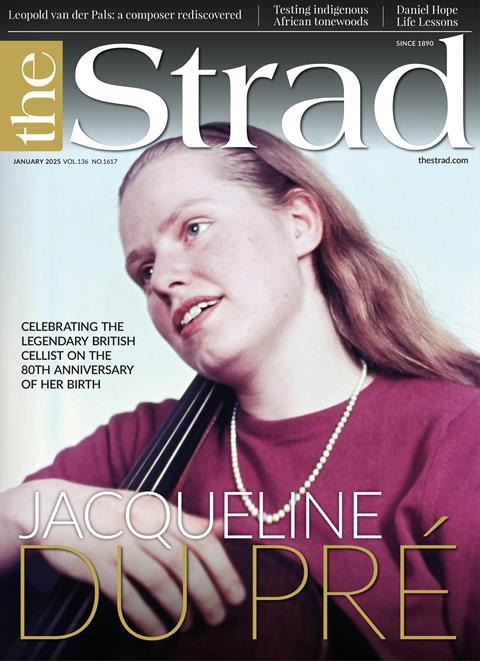
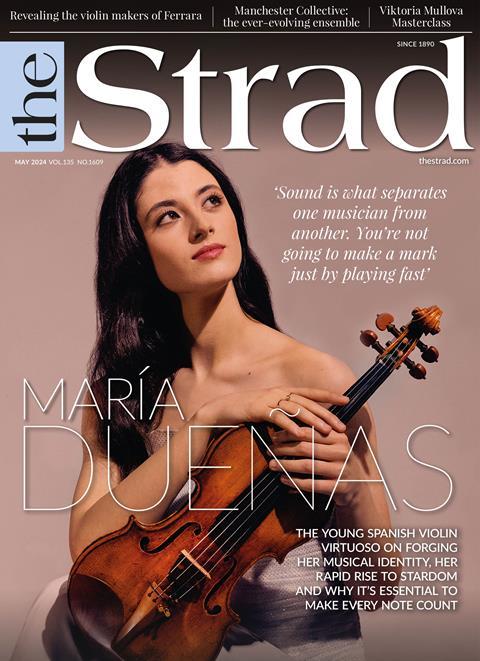
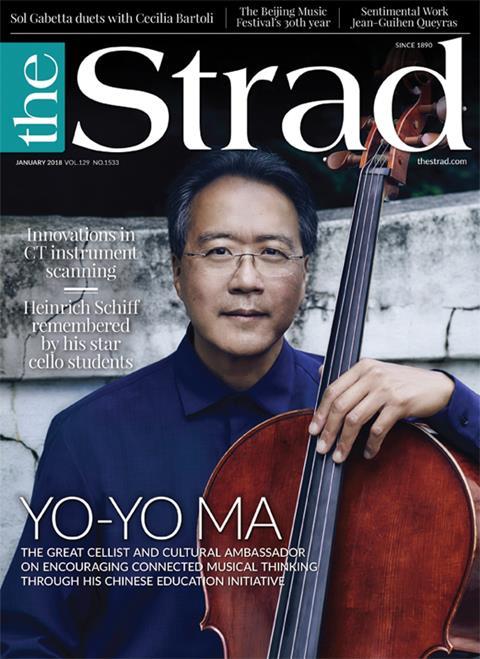












No comments yet